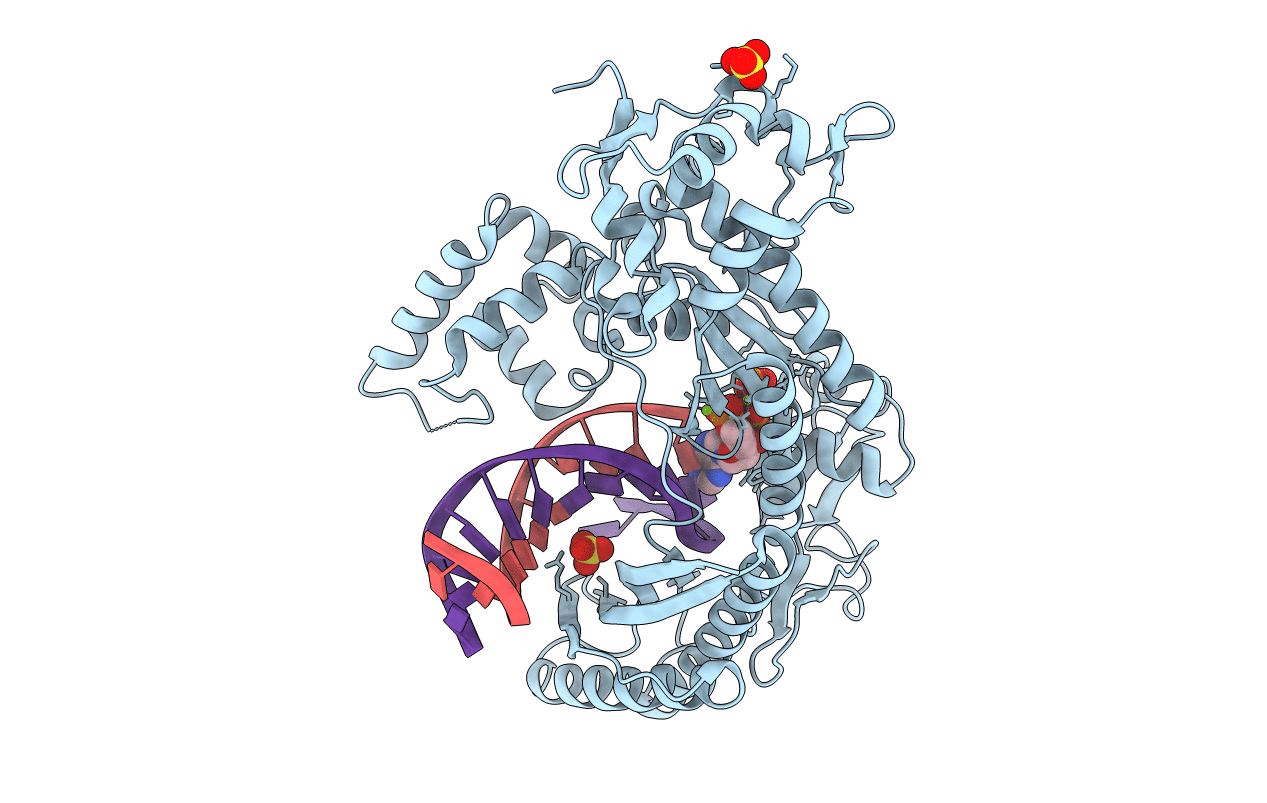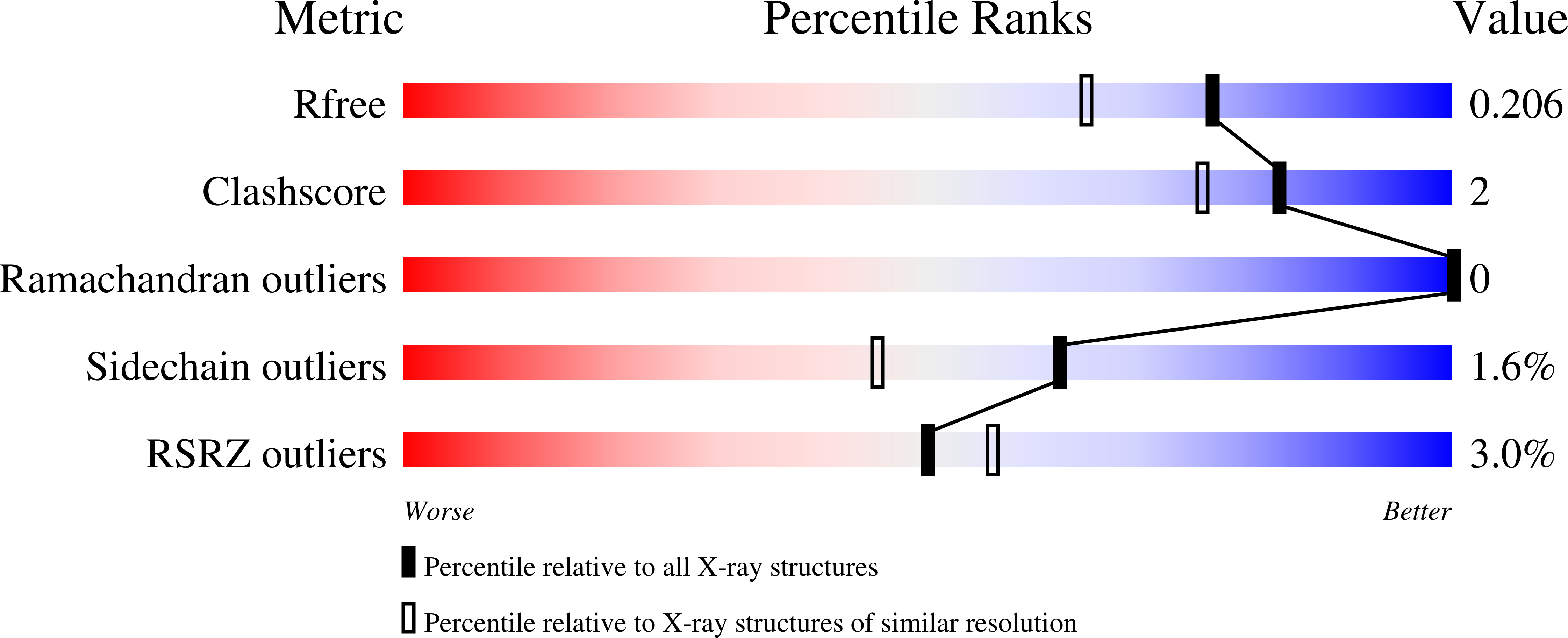
Deposition Date
2010-04-02
Release Date
2010-06-23
Last Version Date
2023-09-06
Entry Detail
PDB ID:
3MFI
Keywords:
Title:
DNA Polymerase Eta in Complex With a cis-syn Thymidine Dimer
Biological Source:
Source Organism:
Saccharomyces cerevisiae (Taxon ID: 4932)
Host Organism:
Method Details:
Experimental Method:
Resolution:
1.76 Å
R-Value Free:
0.18
R-Value Work:
0.16
R-Value Observed:
0.16
Space Group:
C 2 2 21


